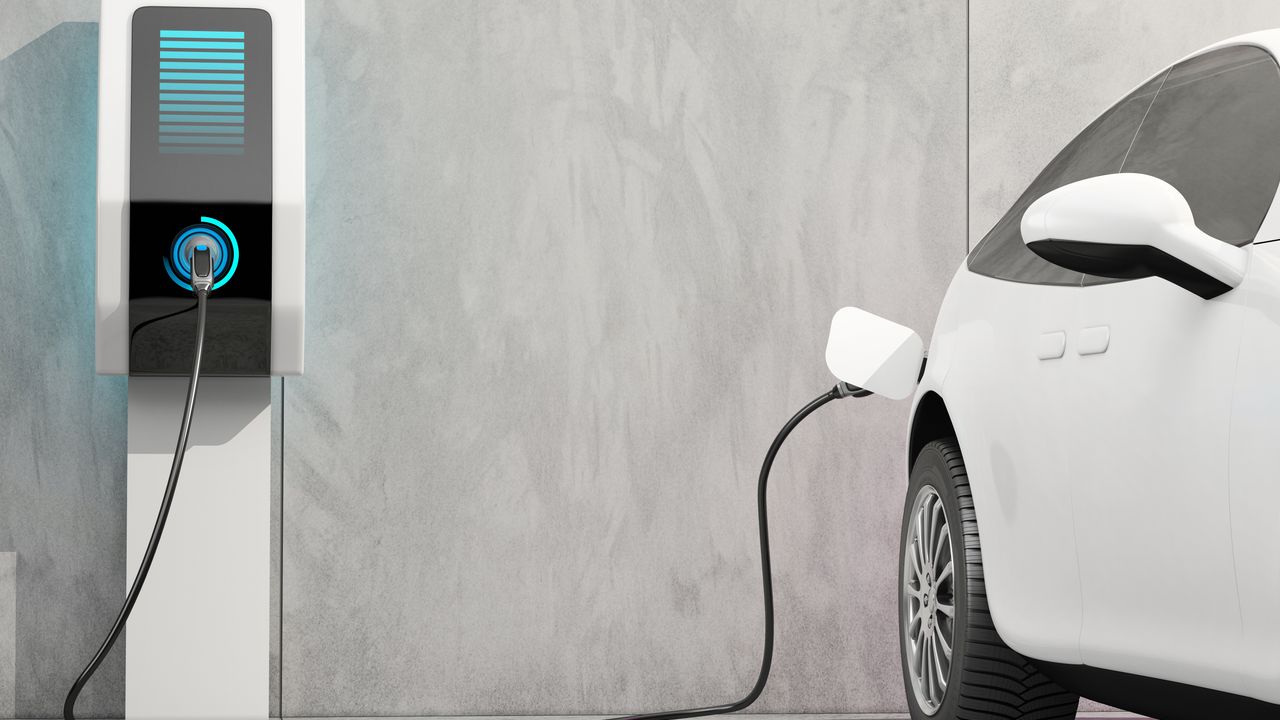EV Charging Network Management: Ensuring Efficient Charging Infrastructure
As the popularity of electric vehicles (EVs) continues to grow, so does the need for a robust and reliable EV charging network. To meet the increasing demand, charging network expansion has become a top priority for businesses and governments alike. However, managing and maintaining an extensive charging network can be a complex task. That’s where charging network management systems come into play.
Charging Network Expansion: Meeting the Growing Demand
With the rising number of EV owners, it is crucial to expand the charging network infrastructure to ensure convenient and accessible charging options for all. Charging network expansion involves the installation of new charging stations at strategic locations, such as parking lots, shopping centers, and highways.
By expanding the charging network, businesses and governments can encourage more people to switch to electric vehicles, thereby reducing carbon emissions and promoting sustainable transportation. However, managing this expansion process requires careful planning and coordination.
Planning for Expansion
Prior to expanding the charging network, it is essential to conduct a comprehensive analysis of the existing infrastructure and identify areas with high demand for charging stations. This analysis includes factors such as population density, EV ownership rates, and traffic patterns.
Based on this analysis, businesses and governments can develop a strategic plan for charging network expansion, determining the number and types of charging stations required in each location. This plan should also consider future growth projections to ensure scalability and long-term sustainability.
Installation and Integration
Once the expansion plan is in place, the next step is to install the new charging stations and integrate them into the existing network. This involves coordinating with various stakeholders, including utility companies, property owners, and EV charging station manufacturers.
During the installation process, it is important to ensure that the charging stations are compatible with different EV models and equipped with the necessary charging standards, such as CHAdeMO and CCS. This interoperability ensures that EV owners can easily access the charging network regardless of their vehicle’s make or model.
Charging Network Alerts: Real-Time Notifications for Efficient Operations
Effective charging network management goes beyond expansion and installation. It also involves continuous monitoring and maintenance to ensure optimal performance. Charging network alerts play a crucial role in this regard.
Charging network alerts provide real-time notifications to operators and EV owners regarding the status of charging stations. These alerts can include information about station availability, charging speed, and any technical issues that may arise. By receiving timely notifications, operators can take immediate action to address any problems and minimize downtime.
Automated Monitoring Systems
Charging network monitoring is made possible through advanced software systems that automate the process of collecting and analyzing data from charging stations. These systems use IoT (Internet of Things) technology to gather real-time information, such as charging session duration, energy consumption, and station utilization.
By analyzing this data, operators can identify patterns and trends, allowing them to optimize charging station placement, manage peak demand periods, and plan for future expansion. Additionally, automated monitoring systems can detect and report any malfunctions or maintenance requirements, ensuring prompt resolution of issues.
Conclusion
As the demand for electric vehicles continues to rise, the importance of efficient EV charging network management cannot be overstated. By prioritizing charging network expansion, implementing real-time charging network alerts, and utilizing automated monitoring systems, businesses and governments can ensure the availability and reliability of charging infrastructure, promoting the widespread adoption of electric vehicles and contributing to a greener future.
